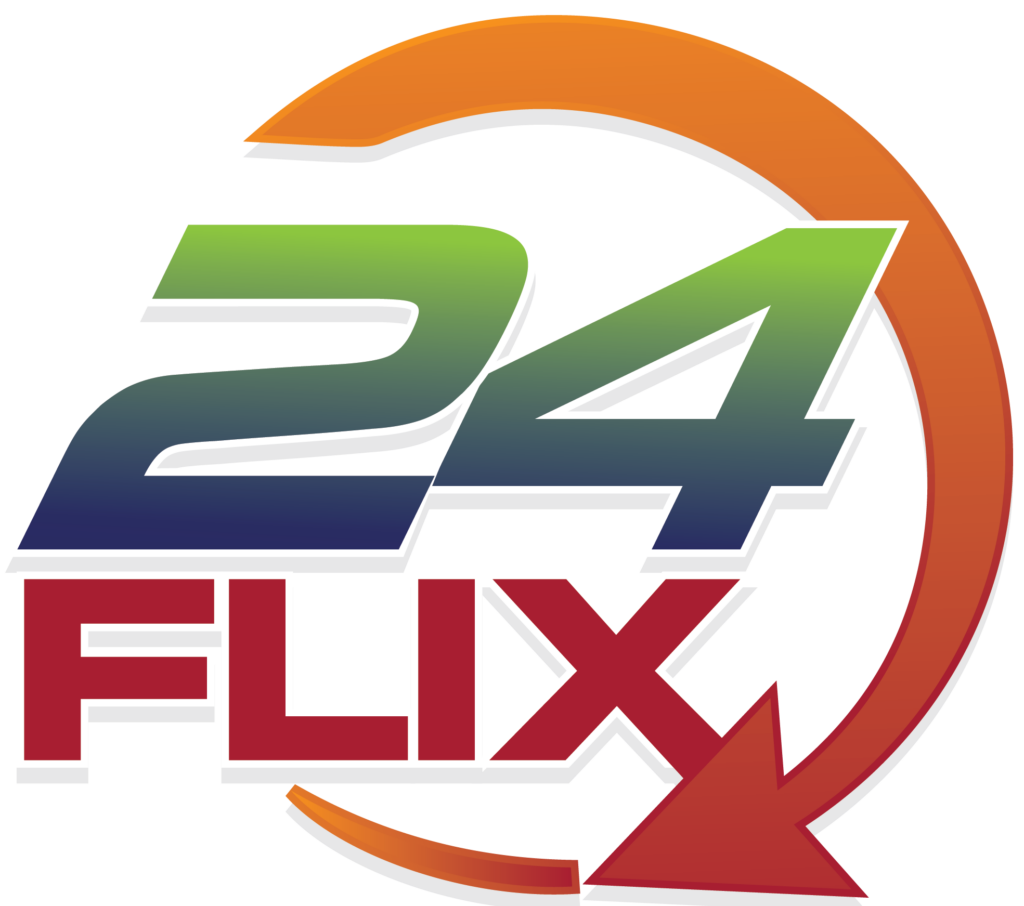Rebalancing Our Retirement Portfolio and Our 40-Year Relationship
Go from Fighting About Money
We think we have something valuable to say about disagreements when celebrating our 40th anniversary this year. We believe our experience will encourage and inspire LGBT couples to see how we worked together despite some inherent money-related differences. Money problems can be one of the most pernicious differences among couples!
For almost a decade, we stayed with a 30 percent/70 percent stock/bond split. It was based on our age and the expected rate of return with moderate risk. Vanguard has a detailed article on the entire rationale for rebalancing your portfolio and we urge you to read it (click here). Our chosen stock/bond split would produce an average annual return of 7.3 percent, which was good for our retirement needs and enough safety to withstand a prolonged bear market. Plus, a 7.3 percent return would meet or beat the inflation rate (See this table).
During the last year, our split has shifted from a 30 percent/70 percent to 47 percent stocks/53 percent bonds. This off balance allocation of increased stocks and fewer bond holdings takes us off our plan.
The following events triggered this shift:
- • The equity allocation of our portfolio has grown as the stock market hit record highs (Stock market growth).
- • We sold a bundle of bonds to purchase the Tesla (our decision).
- • Dan puts his 125,000 Roth IRA into Vanguard Wellington which has 60 percent in stocks and 40 percent in bonds (Dan’s decision).
All three events shifted our portfolio into a more aggressive allocation. We need to shift back to our original 30/70 stock/bond split.
Getting off balance and finding our way back to our original plan?
Dan Writes: Steve and I have been content with the 70 percent bond 30 percent stock split — until now. Several factors have led to a small change in my thinking which resulted in moving my Roth bond money to Vanguard Wellington. This has contributed to the upset in our percentage plan and led to some consternation with Steve.
I withdrew $85,000 from my IRA bond allocation to purchase our Tesla. I distributed from the IRA funds was to reduce my future Mandatory Distribution Requirement (RMD) — an IRS requirement that retirement accounts with deferred taxes be distributed after age 70.5 at a rate close to 4.0 percent (or more) annually. With the $7,500 tax incentive from the purchase of an electric car, I saw an opportunity to lower future RMDs.
Wellington Fund invests two-thirds of the funds received in stocks, primarily value stocks, the same as Mr. Buffett, with the other third in high rated bonds. This Roth IRA has about $125,000 which I see as a source of growth in the event I live too long or to be used for health, travel, taxes, or charities. Steve will get it if the ethers want me sooner.
Wellington is a managed fund, costing .13 percent annually, a savings of .41 percent from the Loomis Bond Fund I sold. Managed funds are frowned on in our household because of the long held arguments by many financial authors that higher costs and risks hinder long-term returns. Another reason for this move was to have all our funds with Vanguard.
I like some low cost managed funds and Steve thinks that one low-cost Vanguard managed fund Wellesley is enough to fit our need for growth and safety. He disagrees that I should have added Wellington because its equity exposure is too high for retired investors.
The bottom line is that our financial picture is rosy today. I have always wanted Wellington. Considering the overall ($1.5M) amount of money we’re talking about, $900,000 still in bonds ought to please any investor, so the question could be moot.
Steve Writes: When Dan transferred his money from the high cost Loomis Sayles Bond fund to Vanguard, two excellent changes occurred. All of our money is with Vanguard. Our total portfolio cost has been reduced to a mere .13 percent. For a seven and half figure portfolio, our annual expense in real dollars is about $1,950!
We disagree in two areas: management style and risk. These disagreements are nothing new and it represents the wider debate going on in the personal finance community for decades–managed funds vs. indexed (or passive) strategy.
We agree 100 percent and the basics of our united money management philosophy:
- 1. Both educated and knowledgeable about investing so much so that we have not needed a financial adviser
- 2. We agree that investment costs matter: recall 13 basis points total investment costs and no adviser!
- 3. Don’t be greedy with excessive aggressiveness
- 4. Only trade when rebalancing
- 5. Not own individual stocks
- 6. Do not make decisions based on nonsense and noise coming from the financial news media
- 7. Keep insurance and investment separate and never pay commissions to purchase an investment product
- 8. Learn from mistakes. They are uniquely ours and no need to apologize to anybody or blame the other. We are not perfectionists. Understand why mistakes occurred to avoid repeating them — they are crucial opportunities to learn
- 9. Both Dan and I agree that it’s our responsibility to share what we discovered to help others build their nest egg
Lucky for us, we agree on those major topics. Disagreements get complicated because they have to do with fundamental differences between people and their money decisions. Most people get angry and blame their spouse or the markets for their mistakes. The biggest investment mistakes are paying too much for advisers without fiduciary standards and investments are not being properly diversified. For a detailed study of the many psychological complications take a look at Jason Zweig’s Your Money and Your Brain.
Our differences boils down to this, Dan and I have different styles of aggressive vs. conservative — over a few percentage points — that’s it! Yes, it’s important to work together. This minor difference should not take away what we have gone through to get to this place in our financial planning and retirement. We are both satisfied what we have done in the last 20 years to learn investing and experiencing two of the worst stock market crashes in financial history without getting a divorce!
Seriously, we have a lot to share about working together as a team such as the famous four white Arabian horses and the two characters behind the planning of the spectacular chariot race in the movie Ben-Hur. Judah Ben-Hur and his friend the Arab, Sheik Ilderim, trained those magnificent animals with loving attention to each horse’s strengths to run as one. It was so important to show audiences what working together looks like, the film director, William Wyler, had multiple shots of the four horses running as one.
We consider ourselves extremely lucky that we are both interested in managing our finances without an expensive adviser and wonder why so many people whether single or attached don’t. With many couples it is usually one who is trying to get his or her spouse interested, or the differences are similar to ours, one is overly aggressive and the other is overly conservative.
At the end of this quarter, March 31, 2015, we will be selling some of our high performing stock the Total Stock Market Index and the Extended Market Index and purchase a short-term Vanguard bond index fund. Plus, I will be investing an additional $53,000 in this same bond fund from an inheritance. We might not get perfectly back to our original stock and bond allocation immediately, but we will be going in the right direction.
“The perfect,” wrote Voltaire, “is the enemy of the good.”




